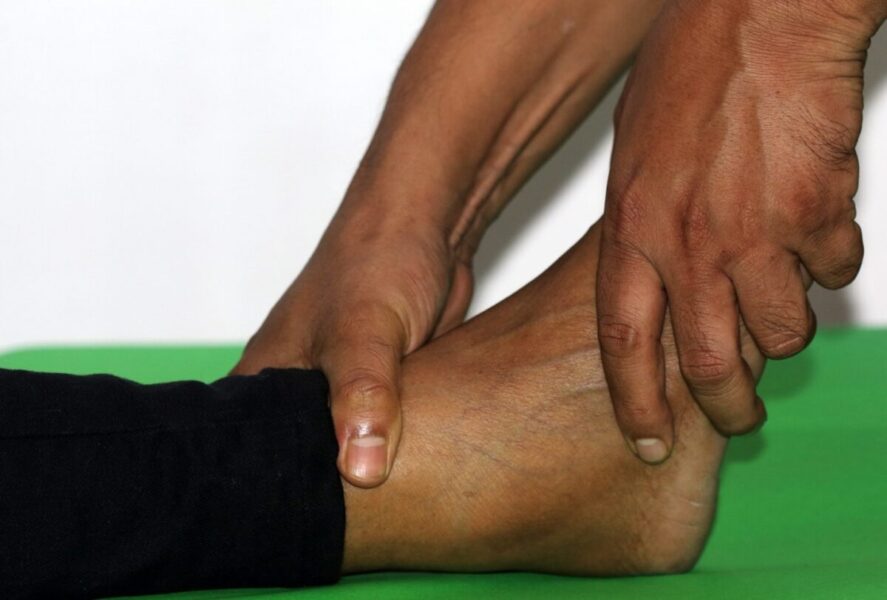Exploring Osgood-Schlatter Disease: Origins, Indicators, and Effective Care
Osgood-Schlatter Disease is a common yet often misunderstood condition that affects active children and adolescents. Named after the two physicians who first described it in 1903, Dr. Robert Osgood and Dr. Carl Schlatter, this condition primarily manifests as knee pain in growing individuals. In this blog, we’ll delve into the intricacies of Osgood-Schlatter Disease, exploring its causes, symptoms, diagnosis, and available treatment options.
Causes of Osgood-Schlatter Disease
Osgood-Schlatter Disease typically occurs during periods of rapid growth, which is why it mainly affects adolescents. During this phase, the:
- bones
- tendons
- muscles
are developing at different rates, leading to potential stress at the point where the patellar tendon attaches to the shinbone (tibia). The repetitive stress from physical activities and sports can exacerbate this condition.
Some key factors contributing to Osgood-Schlatter Disease include:
- Overuse and High-Impact Activities: Engaging in activities that involve frequent running, jumping, or sudden changes in direction can place excessive strain on the knee, increasing the risk of Osgood-Schlatter Disease.
- Muscle Tightness: Tight quadriceps muscles (the muscles at the front of the thigh) can pull the patellar tendon more forcefully, leading to irritation and inflammation at the growth plate.
- Age and Growth Spurts: Adolescents, especially those experiencing growth spurts, are more susceptible to this condition due to the rapid changes occurring in their musculoskeletal system.
Symptoms of Osgood-Schlatter Disease
Recognizing the symptoms of Osgood-Schlatter Disease is crucial for early intervention. Common signs and symptoms include:
- Knee Pain: Pain and tenderness just below the kneecap are hallmark symptoms of this condition. The pain may worsen with physical activity and subside with rest.
- Swelling: Some individuals may experience swelling at the site of the pain.
- Limping: In severe cases, the pain may be significant enough to cause a noticeable limp.
- Tightness in Quadriceps: Tightness or stiffness in the quadriceps muscles can be an associated symptom.
Diagnosis and Evaluation
If your child or adolescent is experiencing knee pain or any of the symptoms mentioned above, it’s essential to consult a healthcare professional. The diagnosis of Osgood-Schlatter Disease typically involves:
- Medical History: The doctor will inquire about the patient’s activities, pain level, and any recent injuries.
- Physical Examination: A thorough examination of the knee will help identify the characteristic bump just below the kneecap and assess tenderness.
- X-rays: In some cases, an X-ray may be performed to rule out other potential causes of knee pain and to assess the severity of the condition.
Treatment Options
The good news is that most cases of Osgood-Schlatter Disease resolve on their own once the growth plates close, usually by the late teens. However, there are several treatment options to alleviate pain and discomfort during this period:
- Rest: Reducing or modifying physical activities that aggravate the condition is crucial for recovery.
- Ice and Anti-Inflammatory Medications: Applying ice to the affected area and using over-the-counter anti-inflammatory medications can help reduce pain and swelling.
- Physical Therapy: A physical therapist can provide exercises to stretch and strengthen the quadriceps and hamstrings, which can alleviate symptoms and prevent recurrence.
- Knee Straps: Wearing a knee strap or brace just below the kneecap can help distribute the force on the patellar tendon and reduce pain during activity.
To learn more, check out this summary from WebMD.
If your child or adolescent is experiencing knee pain, don’t hesitate to seek medical advice to address the issue promptly and provide them with the support they need to stay active and healthy. Enhance your bone health and safeguard against osteoporosis by incorporating the Calcium Complex supplement from Asher Longevity Institute. This exceptional supplement is designed to fortify your bones and ensure their strength and durability.




